Dragon fruit export
At the same time, growers, businesses, production, processing and export facilities of dragon fruit in the province are facing many difficulties and existing concerns. Many recommendations and proposals have been sent to the Provincial People's Committee, leaders of the agricultural sector, and the Department of Industry and Trade in the hope of early resolution.
In addition to the main difficulty of unstable prices and the demanding export market, which has become a major barrier for both growers and businesses, dragon fruit production and processing facilities want to remove the long-standing problems with dragon fruit.
Enterprises, cooperatives, groups and teams producing dragon fruit in the geographical indication area of the province have proposed the Provincial People's Committee to support new white-fleshed dragon fruit varieties to replace old, disease-prone, low-yielding varieties. Along with that, restructuring the production scale, forming large-scale specialized areas, applying high and clean technology according to GlobalGAP standards to meet export requirements.
Dragon fruit growers also requested the province to soon review the growing area code (GLA) and packing facility code (PLA) of dragon fruit after merging administrative units. At the same time, revoke the GLA for establishments and businesses that have been granted GLA but are not engaged in export activities to grant to enterprises and dragon fruit exporting establishments in need.
Processing dragon fruit for export
On the other hand, farmers and businesses have proposed to set up a laboratory (LAB) for agricultural products, including fresh dragon fruit, right in the Lam Dong area. All are inspected and controlled right at the raw material area, creating favorable conditions for businesses to quarantine before export...
Currently, Lam Dong dragon fruit is present in many global supply chains such as: Japan, Korea, India, Europe, however the main export market is still China (accounting for 80%). The province has identified dragon fruit as a key product with comparative advantages that other regions do not have. It can be mentioned that the natural conditions and suitable soil create agricultural products with delicious - beautiful - uniform quality.
Moreover, this agricultural product has been protected in 13 countries for geographical indications for dragon fruit. Therefore, the province will focus on policies to improve the quality of dragon fruit by applying the best agricultural processes according to GlobalGAP and organic standards to export more strongly to demanding markets such as Europe, the US, Japan, Korea, Australia, Russia, India and Middle Eastern countries. Notably, promoting sustainable production, consumption and export of dragon fruit is the goal and also one of the important tasks of the provincial agricultural sector as well as related localities in the coming time.
According to Mr. Nguyen Hoang Phuc - Deputy Director of the Department of Agriculture and Environment of the province, the industry is making efforts to effectively implement the plan to develop the dragon fruit industry in the province, especially focusing on solutions to promote sustainable production, consumption and export of dragon fruit.
Some of Lam Dong province's main solutions to build the local dragon fruit brand are to organize production according to the value chain. Arrange the area to spread out the crop to account for 60-70% of the output, the main crop 30-40%, ensuring a stable supply, improving quality and design while still ensuring conditions of food safety and traceability.
Applying technology and digital transformation: Applying advanced production processes (GlobalGAP, organic), modern farming techniques (T-shaped rows, automatic energy-saving irrigation, energy-saving lighting), investing in deep processing and post-harvest preservation to increase value and competitiveness.
An important solution is safe production, aiming for sustainable agriculture. In particular, minimizing the use of pesticides, chemical fertilizers, and growth regulators, aiming to use biological pesticides and increasing the use of organic fertilizers; aiming to use environmentally friendly products, meeting the strict standards of demanding markets.
According to the Department of Agriculture and Environment of the province, up to now, dragon fruit production according to VietGAP standards in the whole province has reached 8,541/25,800 hectares, accounting for 33.1%, GlobalGAP 453 hectares reaching 1.76%, organic 124.5 hectares accounting for 0.48%. By 2030, Lam Dong province strives to stabilize the dragon fruit area at 25,000 hectares and increase the dragon fruit production rate towards food safety, green farming, and emission reduction. At the same time, increase the production area according to VietGAP standards from 17,500 - 18,750 hectares, the area certified by GlobalGAP reaches 10% (2,500 hectares) and the area produced according to organic direction reaches 5% (1,250 hectares).
Source: https://baolamdong.vn/lam-gi-de-san-xuat-tieu-thu-xuat-khau-thanh-long-ben-vung-388728.html


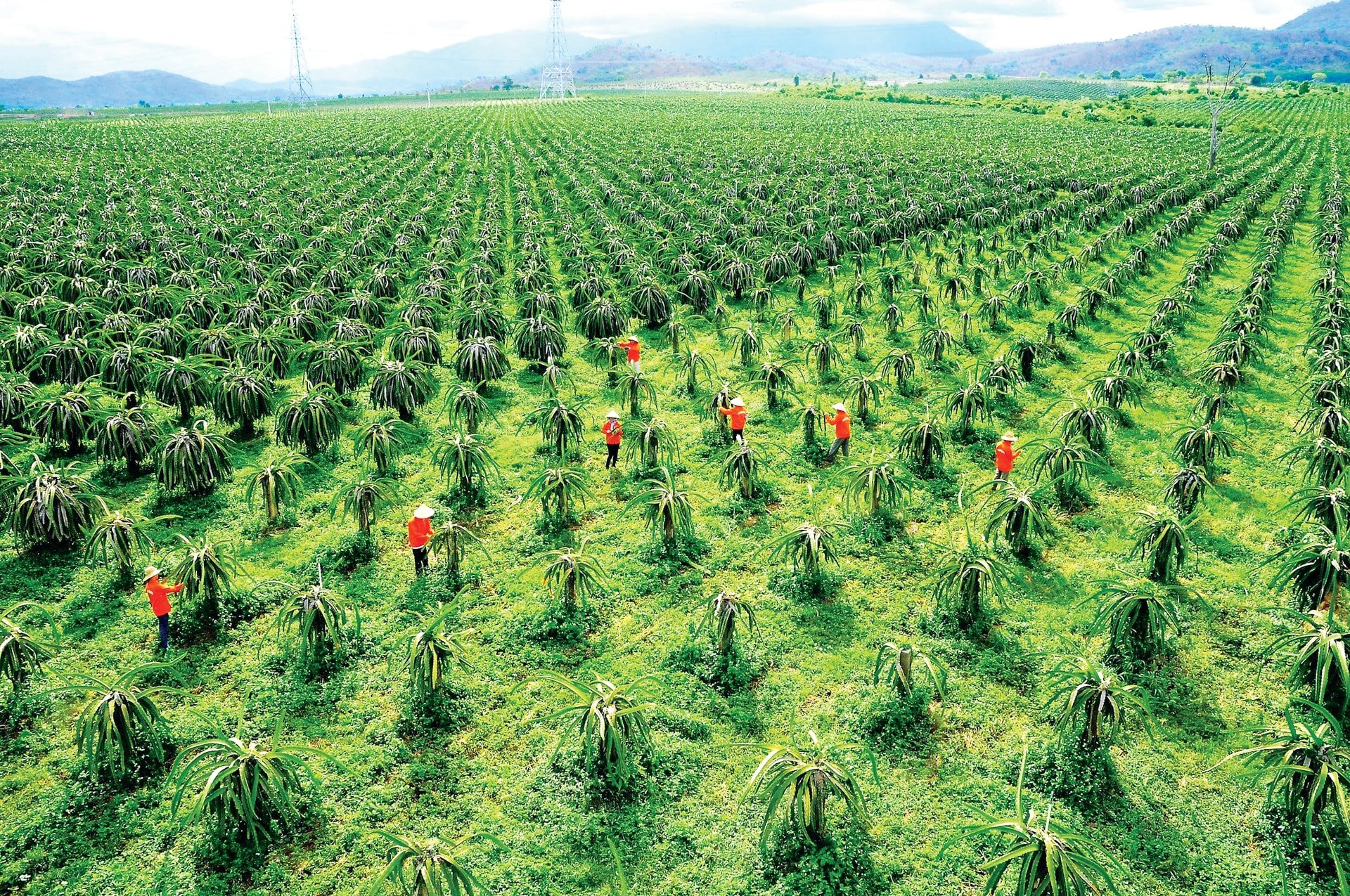
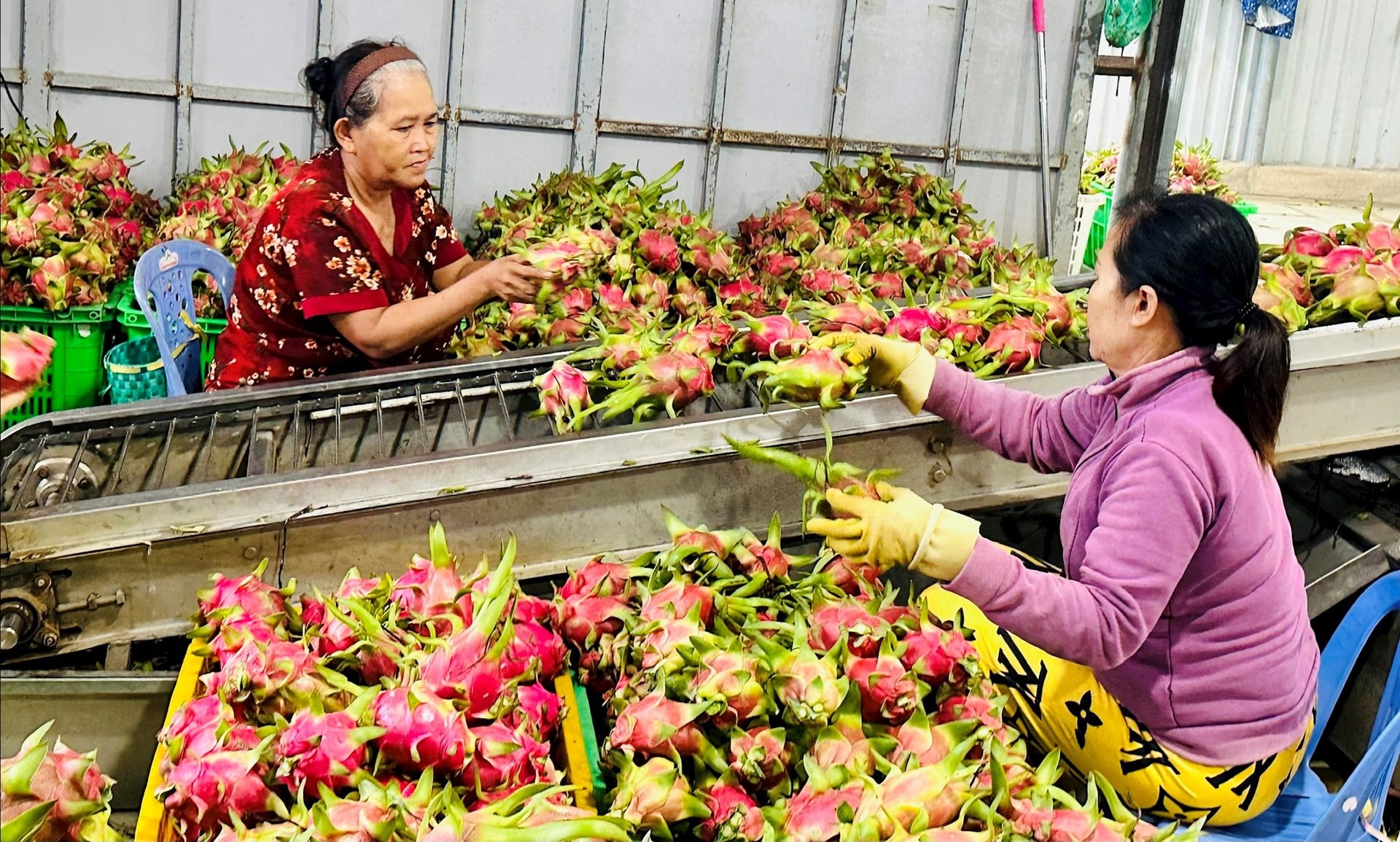








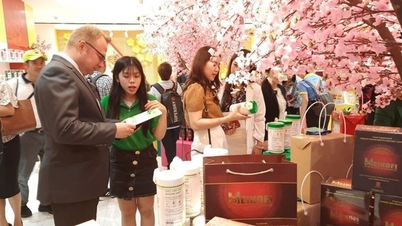









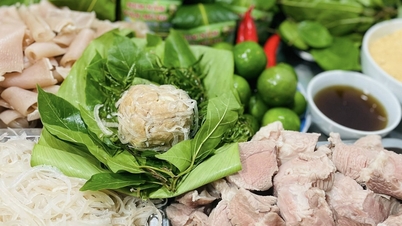

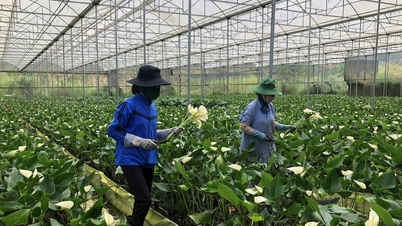
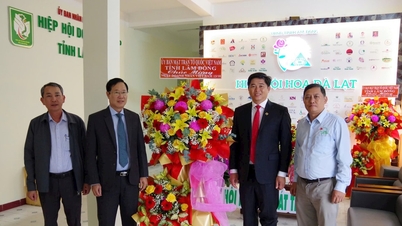



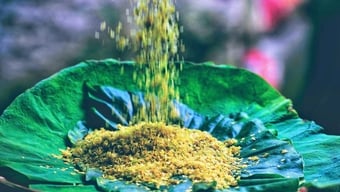


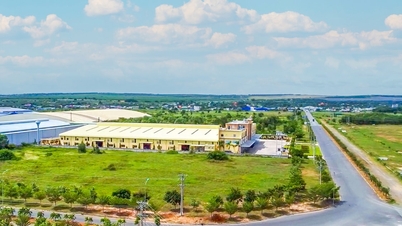





![[Photo] Solemn opening of the 1st Government Party Congress](https://vphoto.vietnam.vn/thumb/1200x675/vietnam/resource/IMAGE/2025/10/13/1760337945186_ndo_br_img-0787-jpg.webp)











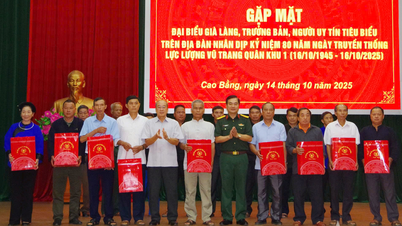











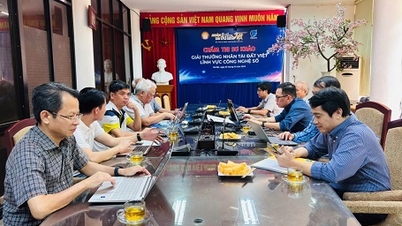



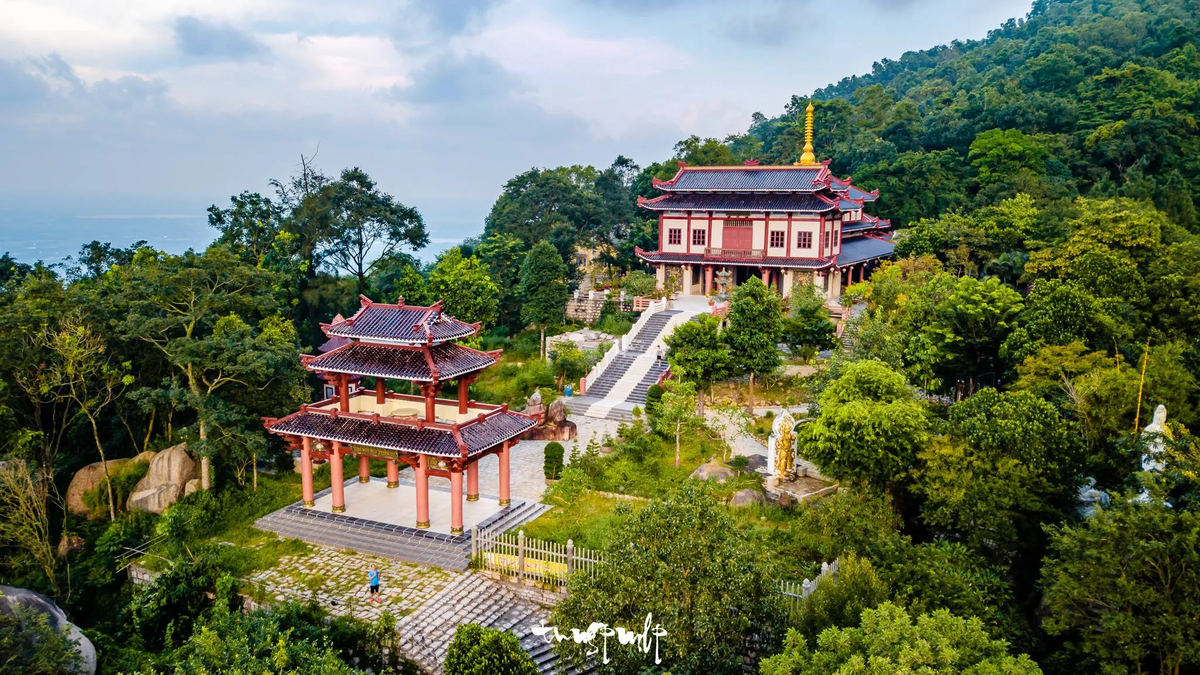



















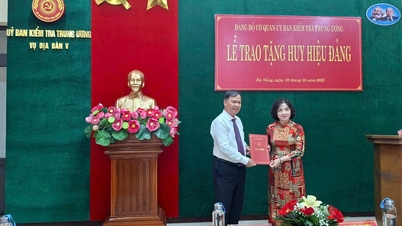



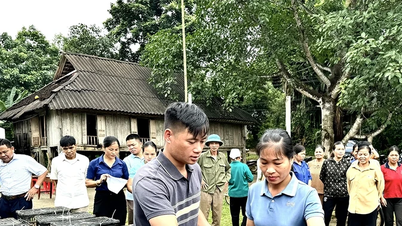

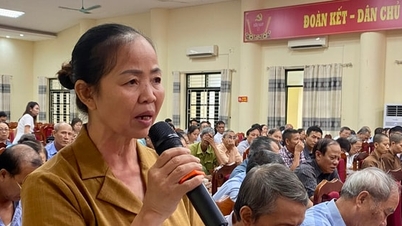
















Comment (0)